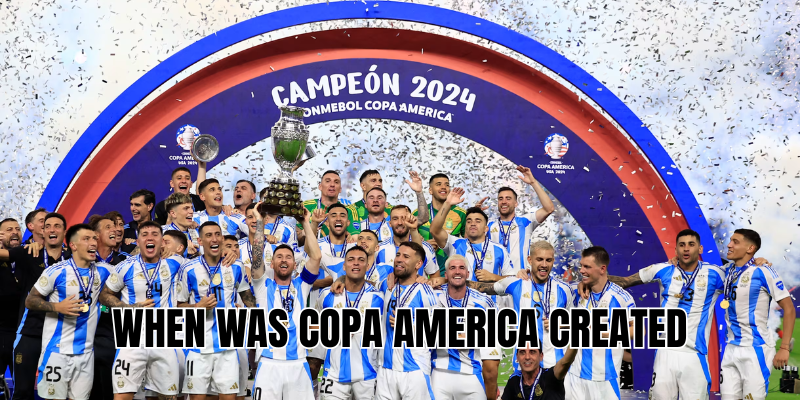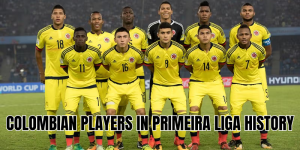The Copa América carries over a century of history, drama, and continental pride. If you’ve ever wondered when was Copa América created, or how a regional tournament became one of football’s most storied competitions—QuraGoal will accompany you on this journey through time, exploring its birth, evolution, and legacy.
The Origins: Why 1916 Was the Year
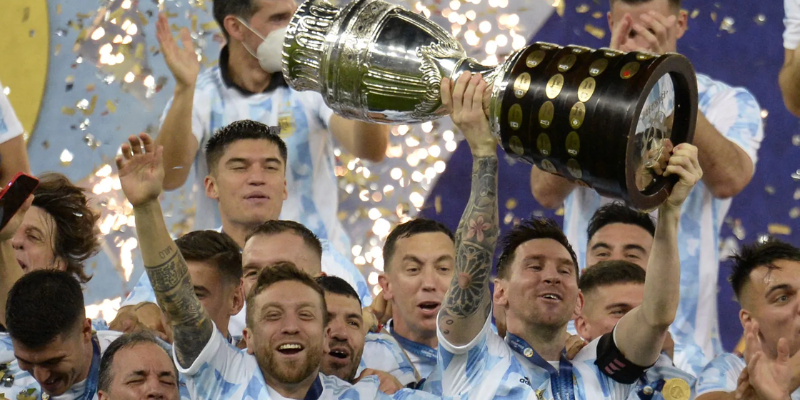
The Copa América was officially created in 1916, originally under the name Campeonato Sudamericano de Selecciones (South American Championship). At that moment, it was conceived as a celebratory tournament to mark the 100th anniversary of Argentina’s independence.
Hosted in Buenos Aires, the tournament gathered four South American nations: Argentina, Brazil, Chile, and Uruguay. Uruguay emerged as the first champion after a round-robin format that culminated in a goalless draw against Argentina.
Here’s a quick snapshot of that first edition:
| Year | Host | Teams | Champion | Format |
| 1916 | Argentina | 4 | Uruguay | Round-robin among all teams |
In many ways, that early competition laid the foundation not just for continental rivalry, but for international football tournaments worldwide.
Early Evolution (1916–1930): Finding Its Footing
After 1916, the tournament was held quite frequently—almost annually in some years., South America’s elites (Uruguay, Argentina, Brazil) dominated the show.
Competition format and frequency
- Initially, the format was pure round-robin: every team played every other team, and the one with the most points won.
- The tournament schedule was irregular: some years were skipped, others had multiple events (e.g. 1959 had two editions).
Key early champions and records
-, Uruguay clinched six titles (1916, 1917, 1920, 1923, 1924, 1926) and established itself as a continental powerhouse.
- Argentina and Brazil also collected several championships in that period, embedding the fierce rivalries that persist to this day.
One interesting detail: in 1935, after a break, the tournament resumed, and Uruguay again asserted dominance—proof of how deeply footballing culture was embedded in that era.
The Shift to “Copa América” and Format Maturation (Post-1975)
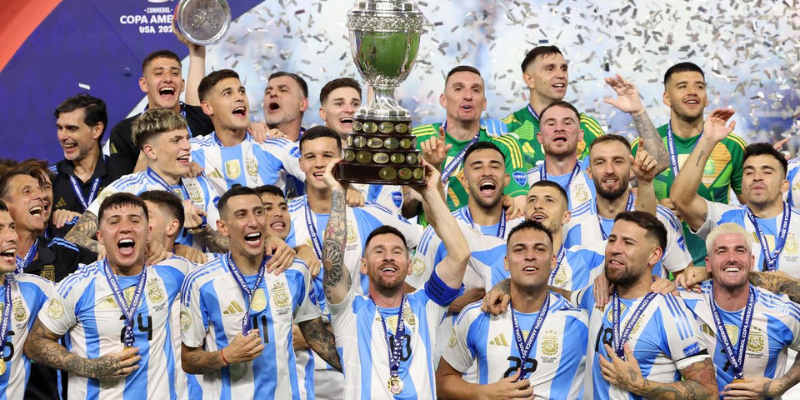
The name Copa América didn’t come immediately. Until 1975, it was still called the South American Championship. In 1975, a deliberate rebranding aligned with a fresh format, allowing more flexibility, rotating host nations, and eventually inviting non-South American teams.
Over time, several changes reshaped the tournament:
- Knockout stages were introduced in many editions, replacing or supplementing the round-robin approach.
- Starting in 1993, CONMEBOL began inviting teams from outside South America—Mexico, the U.S., and others—expanding its reach.
- -, the format shifted toward more stable scheduling (roughly every four years) to avoid conflicts with World Cup qualifiers and other tournaments.
- The 2024 edition was remarkable: held in the United States (again), included 16 teams from two confederations (CONMEBOL + invited guests), and crowned Argentina with their 16th title.
These innovations helped the Copa América evolve.
Why 1916 Matters: Legacy, Records & Influence
When we ask when was Copa América created, what we’re really asking is: why has this tournament mattered so deeply over time? A few reasons:
Oldest international continental tournament
Because it began in 1916 and continued (though not uninterruptedly) across decades, the Copa América is considered the oldest continental football competition still in existence—even older than UEFA’s European Championship.
Rivalries, legends, and records
- The tournament has been the stage for greats: Pelé, Maradona, Zico, Messi, Neymar, and more have written chapters in Copa América history.
- Statistical records stack up: Argentina and Uruguay lead the table in most titles.
- Uruguay’s early dominance and consistency in the first decades helped define continental greatness.
Cultural and symbolic importance
- For South America, the Copa América is more than just football: it’s a festival of identity, pride, and national narratives.
- It has often preceded or overlapped with broader historical and political events, making some editions particularly symbolic.
Because of its origin in 1916, the tournament grew alongside the very development of modern football in South America—and helped shape the path for global competitions like the FIFA World Cup.
Key Turning Points in Copa América’s Evolution
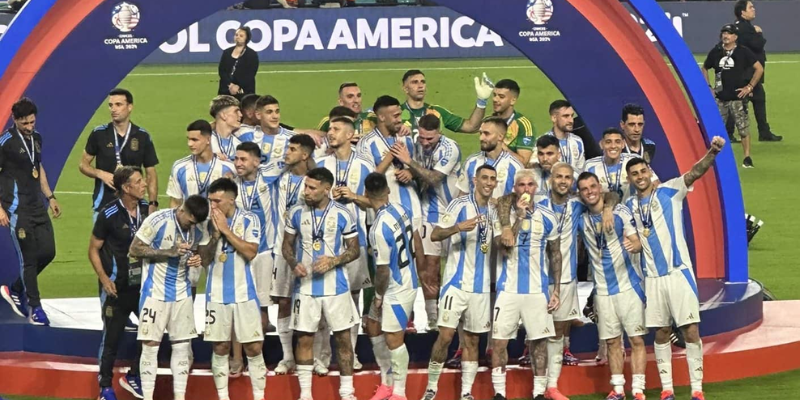
Let’s spotlight some turning years that transformed the tournament’s nature:
| Year | Innovation / Change | Impact |
| 1975 | Official adoption of the name Copa América | Rebranded identity, added flexibility to hosting and format |
| 1993 | Invitations to non-CONMEBOL nations (e.g. Mexico) | Broadened the competitive field and commercial reach |
| 2016 | Copa América Centenario in USA | First full-scale continental edition hosted outside South America |
| 2024 | 16-team format in USA, inter-confederation | Expanded footprint and global viewership |
Each of these shifts reflects efforts to modernize, globalize, or commercialize the competition, all rooted in its initial 1916 foundation.
FAQs Around “When Was Copa América Created”
Q: Was there any earlier tournament before 1916?
Some precursor events among South American countries existed, but none were officially recognized as a continental championship until 1916.
Q: Why Argentina in 1916?
Because the tournament commemorated Argentina’s centenary of independence—and Argentina had the organizational capacity to host the first edition.
Q: How often has the tournament been skipped?
The early decades saw irregular scheduling—with gaps, dual editions in certain years, and long breaks. Over time, the interval stabilized.
Q: Is Copa América older than the UEFA Euro?
Yes—Copa América’s first edition is 1916, whereas the first European Championship took place in 1960.
Final Thoughts
When was Copa América created? It was born in 1916, as a celebration of Argentina’s centenary and a celebration that would forever change the footballing map of the Americas.
If you want to explore its historic matches, all-time top scorers, or how Copa América compares with the European Championship or Africa Cup of Nations, just let QuraGoal guide you. Dive deeper with us—and long live the magic of the Copa América.

